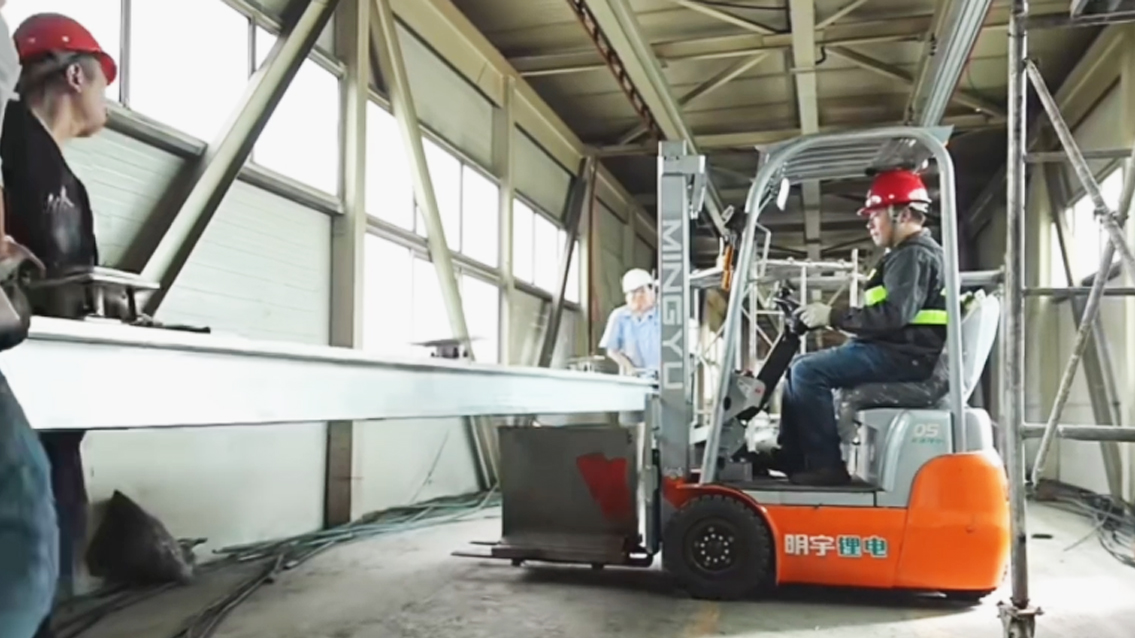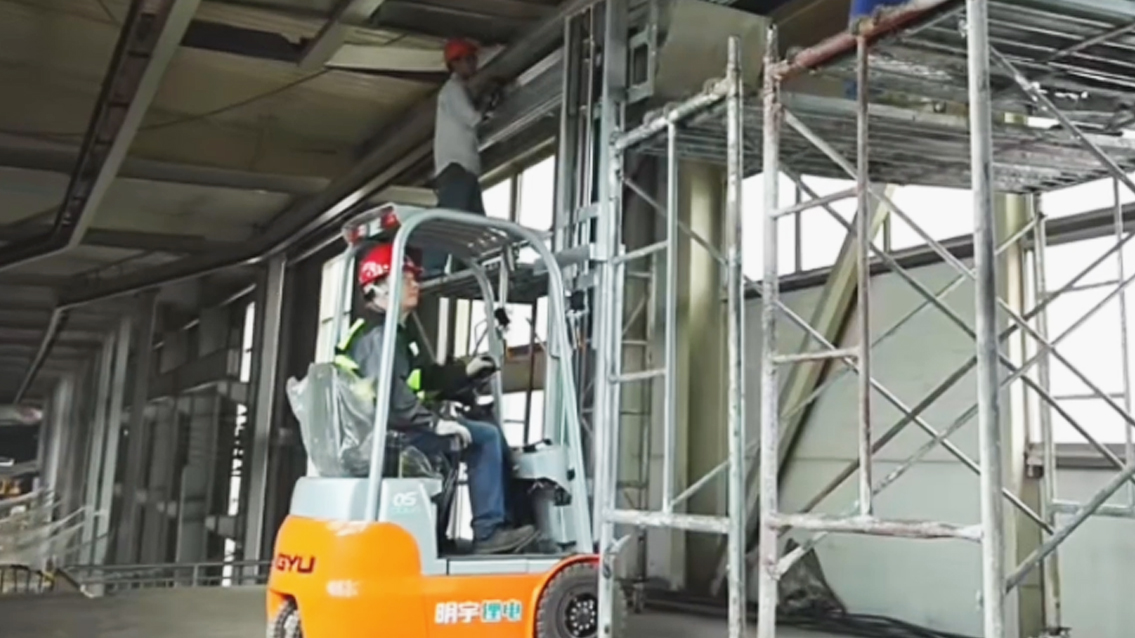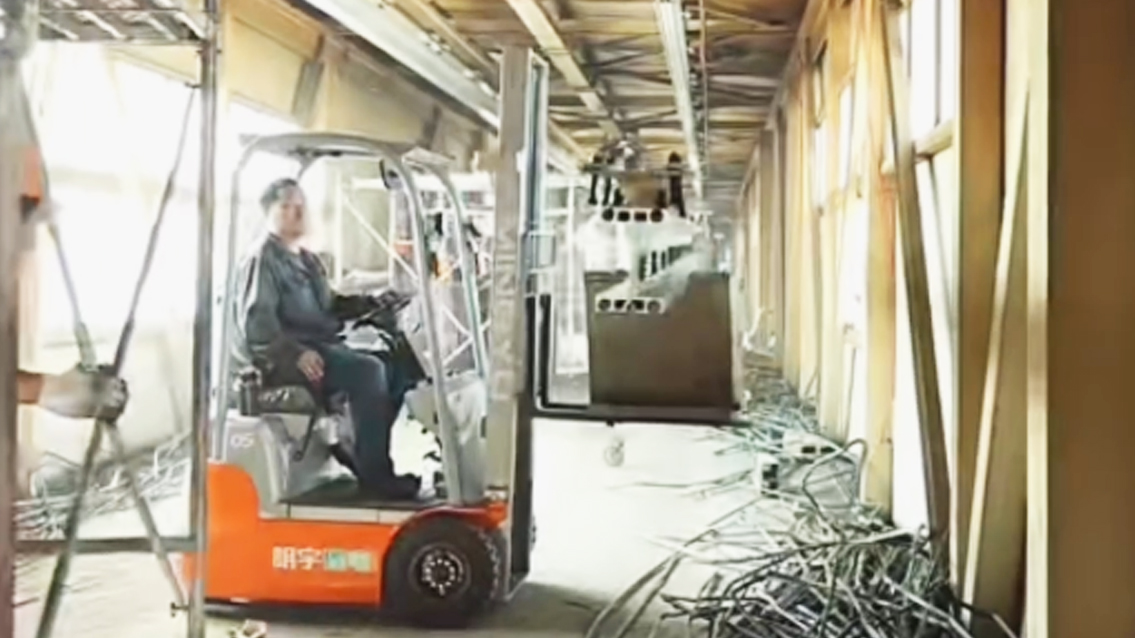Revolutionizing Warehouse Operations: The Latest Advantages in Electric Forklift Battery Charging Technology
Electric forklifts have become increasingly prevalent in material handling, driven by their environmental friendliness, reduced noise levels, and lower operating costs compared to their internal combustion counterparts. However, the efficiency and uptime of electric forklifts are heavily reliant on their battery charging technology. Recent advancements in this field are transforming warehouse operations, offering faster charging, improved energy efficiency, and enhanced battery longevity. This article delves into the latest advantages in electric forklift battery charging technology, exploring their impact on productivity and sustainability.
High-Frequency Charging: Speed and Efficiency Redefined
Traditional line-frequency chargers, operating at 50/60 Hz, are being replaced by high-frequency chargers, which operate in the kilohertz range. This fundamental shift offers several key advantages:
Faster Charging Times:
High-frequency chargers deliver power more efficiently, significantly reducing charging times. This allows for opportunity charging, where batteries are topped up during short breaks, minimizing downtime and maximizing forklift utilization.
Reduced charging times also lessen the need for spare batteries, lowering overall operational costs.
Improved Energy Efficiency:
High-frequency chargers exhibit higher power conversion efficiency, minimizing energy losses during the charging process. This translates to lower electricity consumption and reduced carbon footprint.
The advanced electronic components used in these chargers enable precise control over the charging process, further optimizing energy usage.
Smaller and Lighter Design:
High-frequency chargers are significantly smaller and lighter than traditional chargers, making them easier to install and relocate.
This compact design also allows for more flexible charging station layouts within the warehouse.
Wireless Charging: The Future of Contactless Power Transfer
Wireless charging technology, already prevalent in consumer electronics, is making its way into the material handling industry. This technology offers several compelling benefits:
Elimination of Cables and Connectors:
Wireless charging eliminates the need for manual cable connections, reducing the risk of damage to connectors and cables.
This also simplifies the charging process, making it more convenient and efficient.
Automated Charging:
Wireless charging enables automated charging, where forklifts can be charged automatically when parked over a charging pad.
This eliminates the need for operator intervention, further improving efficiency and reducing downtime.
Increased Safety:
Wireless charging eliminates the risk of electrical shocks and sparks associated with traditional cable connections.
It minimizes tripping hazards related to cables.
Lithium-Ion Battery Technology: A Paradigm Shift in Energy Storage
Lithium-ion batteries are rapidly replacing traditional lead-acid batteries in electric forklifts, driven by their superior performance characteristics:
Faster Charging and Discharging:
Lithium-ion batteries can be charged and discharged much faster than lead-acid batteries, enabling opportunity charging and reducing downtime.
Their high discharge rate also provides consistent power output, even under heavy loads.
Higher Energy Density:
Lithium-ion batteries offer higher energy density, providing longer run times and reducing the need for frequent charging.
This also translates to smaller and lighter batteries, improving forklift maneuverability.
Longer Cycle Life:
Lithium-ion batteries have a longer cycle life than lead-acid batteries, reducing the frequency of battery replacements and lowering overall costs.
Maintenance-Free Operation:
Lithium-ion batteries require minimal maintenance, eliminating the need for watering and equalizing.
Battery Management Systems (BMS):
BMS systems are normally included within Lithium Ion batteries. These systems monitor and control battery parameters, such as voltage, current, and temperature, optimizing battery performance and preventing damage.
Smart Charging Systems: Data-Driven Optimization
Smart charging systems leverage data analytics and artificial intelligence to optimize battery charging and management:
Real-Time Monitoring and Control:
Smart charging systems provide real-time monitoring of battery parameters, such as state of charge, temperature, and voltage.
This allows for precise control over the charging process, ensuring optimal performance and preventing damage.
Predictive Maintenance:
Smart charging systems can analyze battery data to predict potential problems and schedule preventative maintenance.
This proactive approach minimizes downtime and extends battery life.
Remote Monitoring and Management:
Smart charging systems enable remote monitoring and management of battery charging, allowing for centralized control and optimization.
This is very helpful for companies with multiple warehouses.
Integration with Warehouse Management Systems (WMS):
Smart charging systems can be integrated with WMS to optimize charging schedules and ensure that forklifts are always ready for use.
This integration can help to smooth out the flow of work within a warehouse.
Adaptive Charging Algorithms: Tailored Charging for Optimal Performance
Adaptive charging algorithms adjust the charging process based on the battery's state of charge, temperature, and other parameters:
Optimized Charging Profiles:
Adaptive charging algorithms tailor the charging profile to the specific battery type and condition, maximizing charging efficiency and battery life.
This prevents overcharging and undercharging.
Temperature Compensation:
Adaptive charging algorithms compensate for temperature variations, ensuring optimal charging performance in different environments.
Extreme heat or cold can severely hurt battery life.
Equalization Charging:
Some smart chargers can automatically perform equalization charging when needed, balancing the charge of individual cells within the battery.
Regenerative Braking: Energy Recovery for Extended Run Times
Regenerative braking systems capture the kinetic energy generated during braking and convert it into electrical energy, which is then fed back into the battery:
Extended Run Times:
Regenerative braking can significantly extend forklift run times by recovering energy that would otherwise be wasted.
Reduced Energy Consumption:
Regenerative braking reduces overall energy consumption, lowering operating costs and improving sustainability.
Reduced Brake Wear:
Because the electric motor is slowing the machine, there is a reduction in the use of the mechanical brakes, therefore reducing brake wear.
Conclusion
The latest advancements in electric forklift battery charging technology are revolutionizing warehouse operations, offering faster charging, improved energy efficiency, and enhanced battery longevity. High-frequency chargers, wireless charging, lithium-ion batteries, smart charging systems, adaptive charging algorithms, and regenerative braking are all contributing to a more efficient and sustainable material handling industry. As these technologies continue to evolve, we can expect further improvements in forklift performance and productivity, driving the adoption of electric forklifts in a wider range of applications. The move to more efficient charging methods is not only about saving money, but also about the environmental impact of modern warehousing.
Post time:Mar.22.2025



